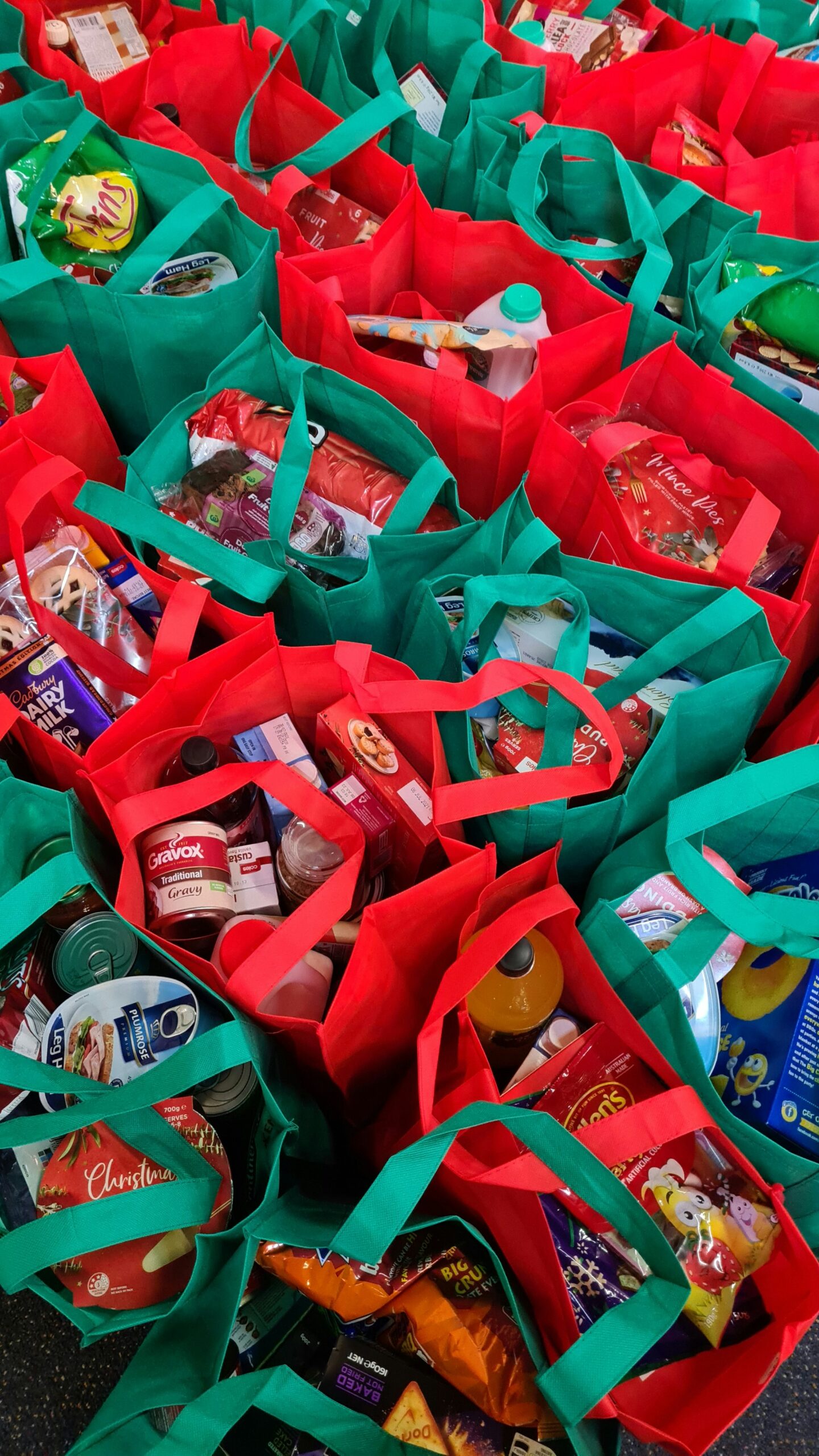
Community outreach programs are vital to fostering strong and supportive relationships within local areas. These programs are designed to engage, educate, and assist communities in need. The success of any community outreach initiative depends mainly on its ability to create lasting and meaningful connections with the people it serves. By focusing on sustainability, organizations ensure that these initiatives continue to benefit the community in the long run rather than being short-lived or ineffective.
For a community outreach program to be effective, it must align with the needs and goals of the community it is intended to serve. This involves understanding local challenges, building trust, and empowering residents to participate in the initiatives. Sustainable outreach doesn’t just address immediate problems; it creates solutions that can evolve with the community over time. By doing so, outreach programs can build a stronger sense of collective responsibility and collaboration.
Identifying Key Community Needs
Assessing the community’s specific needs is crucial before developing an outreach program. This process involves gathering data through surveys, interviews, and community meetings. This step helps ensure that the outreach efforts target the most pressing issues: food insecurity, access to education, healthcare, or environmental concerns. A comprehensive needs assessment is essential for guiding the program’s focus and allocating resources effectively.
Once the needs have been identified, it is important to prioritize them based on their urgency and impact. This can sometimes be a challenge, as different community members may have varying perspectives on what is most important. However, a successful program will address both immediate and long-term needs in a balanced way. Collaboration with local leaders and stakeholders can help identify practical and impactful solutions, helping foster a sense of ownership among community members.
Building Collaborative Partnerships
A sustainable community outreach program relies heavily on collaboration. No single organization or entity can solve every problem within a community. Building partnerships with local businesses, non-profit organizations, government agencies, and schools can create a strong support network for outreach initiatives. These partnerships provide the necessary resources, expertise, and workforce to ensure that the program’s goals are met effectively.
When building collaborative partnerships, it is essential to focus on shared values and goals. Each partner should be clear on their role and responsibilities within the program, and there should be a mutual commitment to the initiative’s success. By working together, these partnerships can leverage their collective strengths to implement innovative solutions, expand the program’s reach, and achieve sustainable results that impact the community.
Incorporating Volunteerism into the Program
Volunteers play a crucial role in the success of any community outreach program. They bring enthusiasm, local knowledge, and a genuine commitment to improving the lives of others. Creating opportunities for individuals to volunteer and contribute to the initiative is essential when developing a sustainable outreach program. Volunteerism not only helps the program run efficiently, but it also builds a sense of community engagement and responsibility.
Proper training, support, and recognition are essential to ensuring the sustainability of volunteer efforts. Volunteers should feel valued and understand the impact of their contributions. Developing a structured volunteer program can also help attract more participants and maintain consistent involvement. Additionally, by involving community members directly, outreach programs become more ingrained in the community fabric, increasing the likelihood of long-term sustainability.
Securing Long-Term Funding and Resources
Securing sustainable funding is one of the most significant challenges for any outreach program. While short-term grants or donations can provide an initial boost, long-term funding strategies must be established to ensure the program’s continuation. This may involve seeking government funding, corporate sponsorships, or developing fundraising events encouraging community participation.
Diversifying funding sources can also minimize the risk of relying too heavily on one source of support. When approaching potential funders, it is essential to develop a strong case for the program’s impact and value. By demonstrating the program’s effectiveness and positive impact on the community, outreach organizations can secure the necessary resources to sustain their efforts over time. Engaging the community in fundraising initiatives can strengthen bonds and increase local support for the program’s long-term goals.
Evaluating Program Impact and Making Adjustments
Sustainability in community outreach also involves ongoing evaluation and improvement. Regular assessments of the program’s impact allow organizers to determine whether the goals are being met and identify areas for improvement. Feedback from community members, volunteers, and partners is invaluable in this process, providing insights into what is working and what needs adjustment.
Through continuous evaluation, outreach programs can adapt to the community’s changing needs, ensuring the initiative remains relevant and practical. Adjustments based on data and feedback help improve the program’s efficiency and impact, ultimately contributing to its sustainability. A flexible, responsive approach ensures that the program can evolve, adapting to new challenges and opportunities in the community.
Developing sustainable community outreach programs requires thoughtful planning, collaboration, and an ongoing commitment to meeting the community’s evolving needs. Organizations can create outreach initiatives that make a meaningful and lasting difference by building strong partnerships, engaging volunteers, securing long-term funding, and regularly evaluating the program’s impact. When done right, these programs foster a sense of unity and empowerment, ensuring that the community thrives for generations to come.